Breaking News
Ukraine conducts first combat missions with newly arrived US F-16 fighter jets.
According to several sources on July 31, 2024, the first batch of F-16 fighter jets from NATO allies arrived in Ukraine, with six aircraft confirmed from the Netherlands and a photograph released by "Dumskaya" providing proof. The reaction has been mixed, with officials maintaining strategic ambiguity, while initial combat missions have already been conducted. Despite the small number of planes, this marks a significant step in enhancing Ukraine's defense capabilities to counter Russian aerial threats.
Follow Army Recognition on Google News at this link
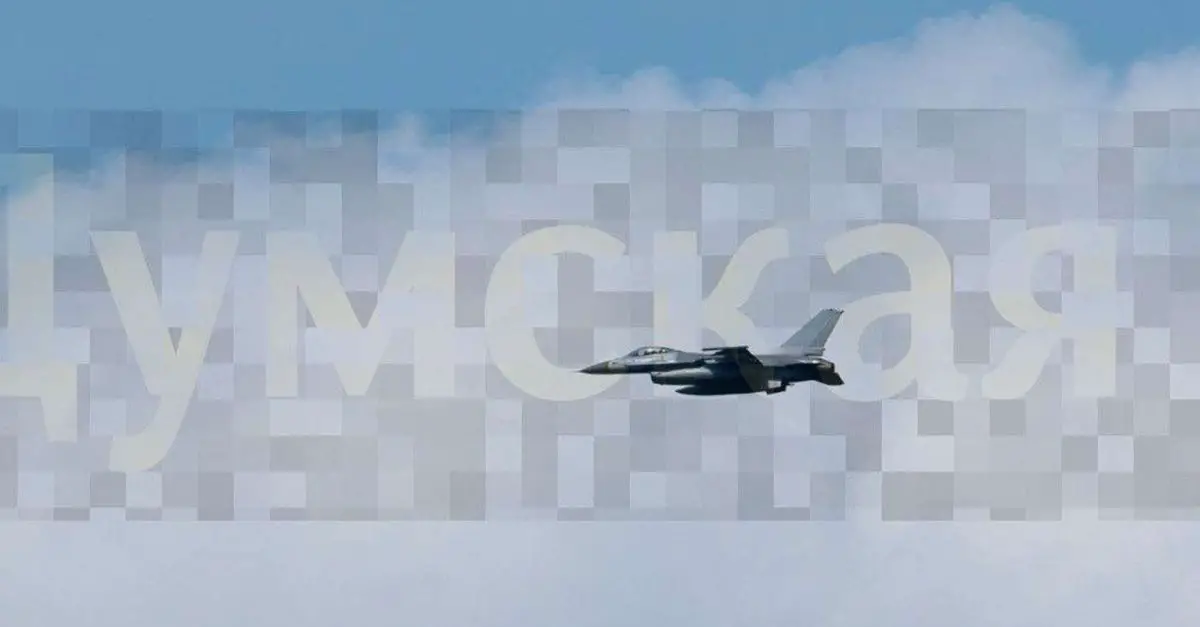
On July 31, 2024, the Ukrainian publication Dumskaya released what is believed to be the first photograph of an F-16 aircraft flying over Ukraine. Interestingly, the aircraft lacked identifying marks, including the flight number on its keel. (Picture source: Telegram/Dumskaya)
As reported by Bloomberg on July 31, 2024, the first batch of F-16 fighter jets from NATO allies has arrived in Ukraine, a move that may enhance the nation's ability to counter Russian attacks. The deadline for the transfer of the US-made warplanes was the end of July, and it has been met, according to anonymous sources. According to The Times, the number of jets is small, with six aircraft confirmed to have been delivered from the Netherlands. It remains uncertain whether Ukrainian pilots, who have trained with their Western allies, will be able to use the warplanes immediately or if the process will take longer.
On the same day, the Ukrainian publication Dumskaya released what is believed to be the first photograph of an F-16 aircraft flying over Ukraine. The aircraft lacked identifying marks, including the flight number on its keel. Oleksiy Sukhoi, a military columnist for Dumskaya, confirmed the arrival of the first batch of F-16s, noting the small number of aircraft. Ukraine’s defense officials, including spokeswoman Diana Davityan, and US defense representatives declined to comment, although one US official confirmed the delivery to Reuters.
President Volodymyr Zelenskiy has been advocating for the transfer of F-16s, culminating in President Joe Biden’s decision in May 2023 to approve the transfer after negotiations and repeated requests from Zelenskiy and NATO allies. Although the initial number of jets is small, the transfer may gradually help Ukraine build its capacity to challenge Russia’s aerial superiority, which has significantly impacted the country’s power infrastructure.
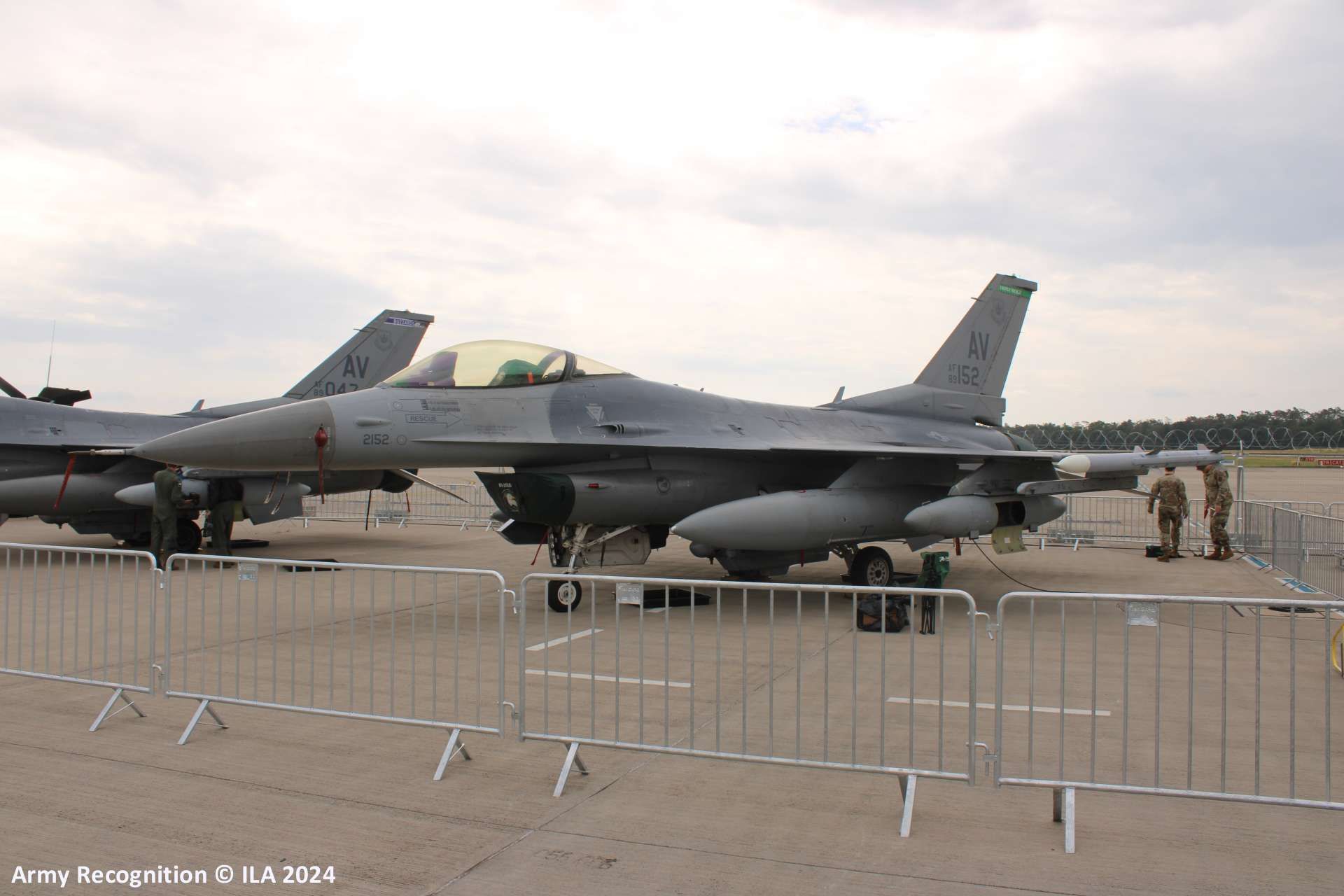
Russian President Vladimir Putin has warned that any Western air base hosting F-16s destined for Ukraine would be considered a legitimate target for Russian forces. This includes airfields in NATO countries such as Poland and Romania if they are used to stage F-16 operations against Russia. (Picture source: Army Recognition)
The process of acquiring these jets has faced numerous challenges, including debates over their potential impact. Veteran pilots had expressed skepticism about the jets' ability to change the course of the conflict. Logistical issues such as spare parts, language barriers between Ukrainian pilots and foreign trainers, and the vulnerability of Ukraine’s runways to Russian attacks were also concerns. Ukrainian pilots have been training with F-16s abroad, including in the US. Meanwhile, the battlefield has seen increased use of drones and enhanced Russian air defenses.
Russia has issued several specific threats related to the anticipated delivery of F-16 fighter jets to Ukraine, focusing on missile strikes, targeting airfields, and the potential use of Western air bases. President Vladimir Putin has warned that any Western air base hosting F-16s destined for Ukraine would be considered a legitimate target for Russian forces. This includes airfields in NATO countries such as Poland and Romania if they are used to stage F-16 operations against Russia. The Russian government has stated that these aircraft will be considered nuclear-capable threats, escalating their rhetoric despite the fact that Ukraine does not possess nuclear weapons and there are no plans for nuclear armaments to accompany the F-16s.
In preparation for the F-16s, Russia has intensified its strikes on Ukrainian airfields. Recent attacks have targeted key bases such as those in Myrhorod, Poltava, and Kryvyi Rih, aiming to cripple Ukraine's ability to house and protect these advanced jets. These airfields, which are crucial for the deployment and maintenance of F-16s, have been under heavy bombardment, reflecting Russia's strategy to neutralize the threat before the jets even become operational.
Moreover, Russia has announced bounties to incentivize the destruction of the F-16s. A Russian firm has offered a significant reward of 15 million rubles (about $170,000) for the first confirmed downing of an F-16 in Ukraine. This move is part of a broader strategy to demoralize Ukrainian forces and deter the effective use of these jets. Additionally, there are concerns about Ukraine's ability to protect these aircraft, given the current state of its air defense systems and the lack of necessary infrastructure such as reinforced shelters at Ukrainian airbases. We take a closer look at the threats to the F-16 in Ukraine in this article.
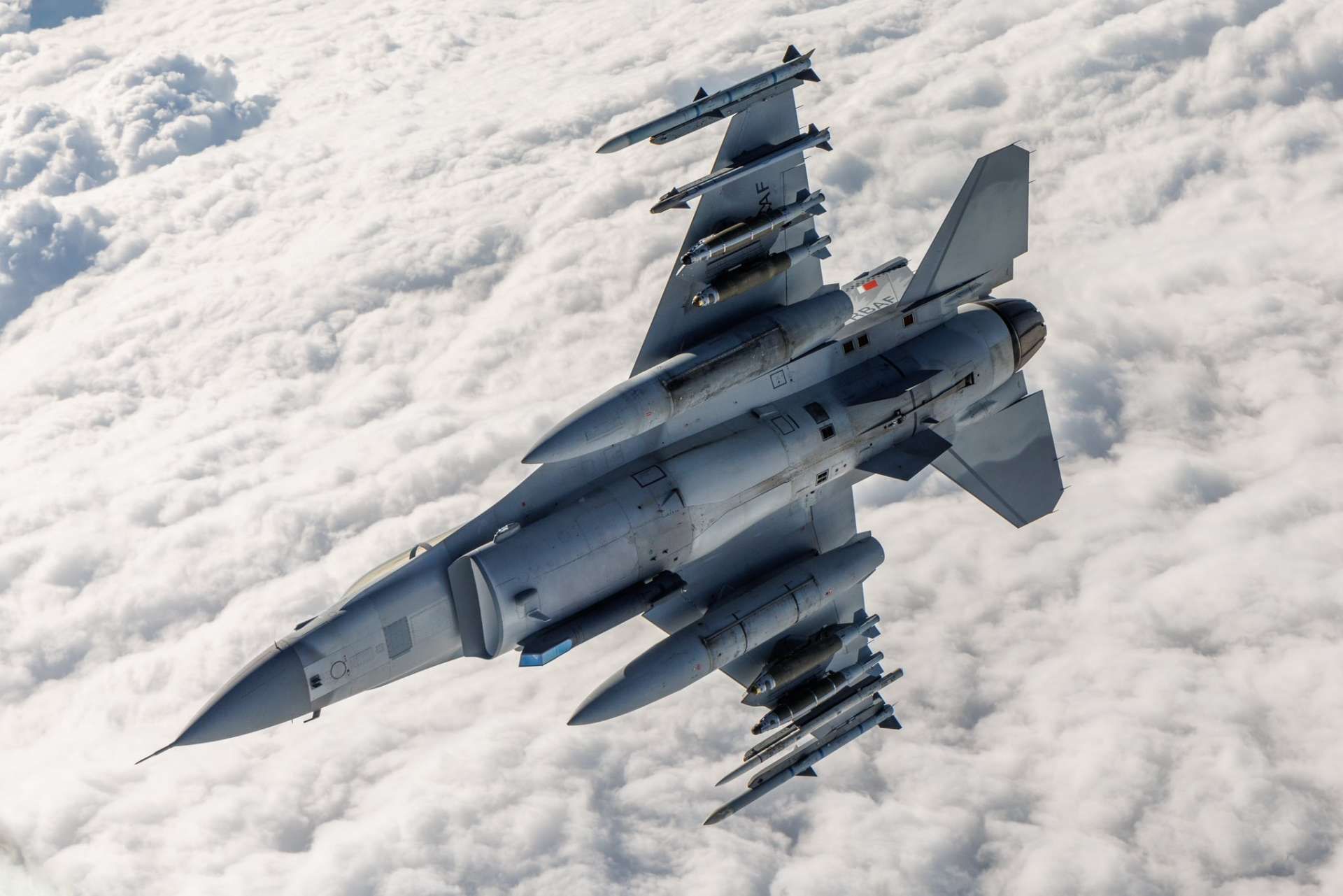
The F-16 is armed with an internal M61 Vulcan cannon and equipped with 11 hardpoints for various weapons, such as air-to-air missiles like the AIM-9 Sidewinder and AIM-120 AMRAAM, and air-to-ground munitions such as the GBU-12 Paveway II laser-guided bomb and the AGM-65 Maverick missile. (Picture source: Edwards Air Force Base)
Denmark and the Netherlands are the primary suppliers of these planes, with Belgium and Norway also pledging jets. Dutch defense minister Kajsa Ollongren informed the Netherlands parliament that “delivery of the first aircraft will take place soon” in a letter dated July 1, 2024. Jake Sullivan, Biden’s national security adviser, stated that the F-16s are expected to support front-line forces in the short term and assist in retaking territory in the future. An international coalition, including the US and UK, had pledged to have the first jets operational by the end of July.
In response to the Bloomberg report, Mykhailo Podolyak, an adviser to the Head of the Office of the President of Ukraine, stated that Ukraine will neither confirm nor deny the media reports about the arrival of fighter jets. He emphasized the importance of maintaining strategic ambiguity in this matter, noting that the aviation component is crucial for Ukraine's survival and that official confirmation should come from the president or the commander-in-chief.
According to The Telegraph, Ukraine has already conducted its first combat missions with the newly arrived F-16s, primarily in an air defense capacity. The exact number of operational pilots is small, with only six qualified so far. Western aviation experts caution that the jets, while beneficial, are not a definitive solution to the conflict due to the persistent threat from Russian missile systems.
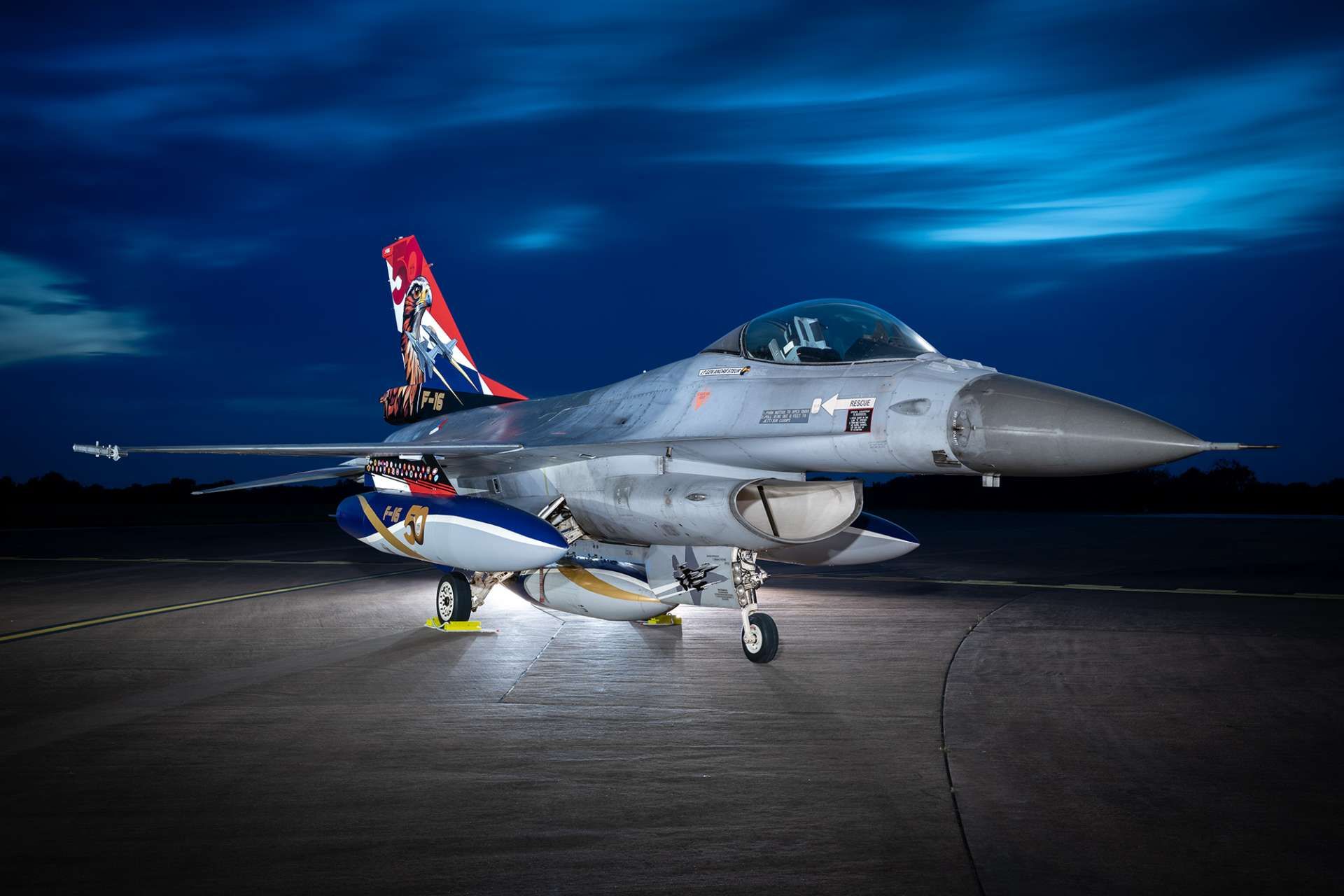
Lockheed Martin recently announced the delivery of the 4,600th F-16 Fighting Falcon at RIAT 2024, coinciding with the 50th anniversary celebration featuring one F-16 with a special commemorative scheme. (Picture source: Royal International Air Tattoo)
This development comes amid increased tensions, with Russia launching one of its most extensive drone attacks on Ukraine since the invasion began. Ukrainian forces intercepted the majority of these drones, preventing significant damage. Serhii Popko, Kyiv’s administrative chief, described it as “one of the most massive drone attacks on Ukraine during the entire war.” Authorities reported that none of the drones reached their final targets, although debris from the interceptions caused damage to 13 houses in the wider Kyiv region.
Ukraine has persistently pressured its allies to allow it to strike targets inside Russia with donated weapons. President Zelenskiy noted during a press conference that there have been some positive signals regarding the use of long-range weapons. He emphasized the necessity for Ukraine to respond to the origins of attacks, stating that if permission from allies does not come, Ukraine will use its own developed means, including drones, to hit Russian targets.
Ukraine has been employing long-range weapons supplied by its allies to strike key targets within Russian-occupied territories. These weapons systems include HIMARS and MLRS launchers, which can fire missiles like the ATACMS with a range of up to 190 miles, and the British Storm Shadow missiles with a range of about 150 miles. Recently, Ukraine has used these systems to conduct operations targeting Russian infrastructure, including air bases and logistical hubs. The anticipated delivery of F-16 fighter jets, which may be equipped with long-range missiles, is expected to further extend Ukraine's capability to target Russian positions from a greater distance, potentially including targets within Russian territory.
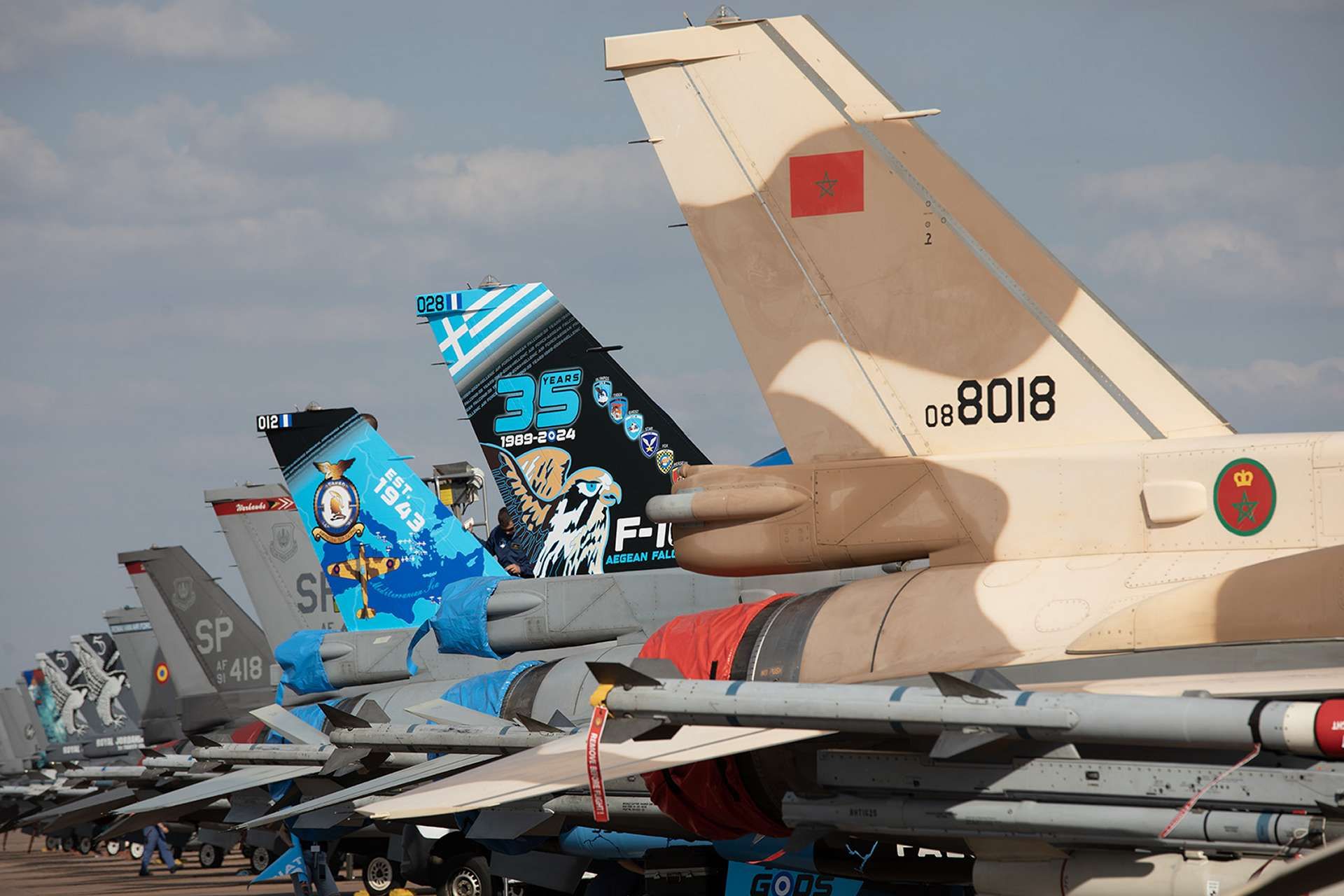
The F-16 is operated by 25 countries, making it one of the most widely used fighter aircraft in the world. Key operators include the United States, Israel, Belgium, Turkey, and Pakistan, while Ukraine and Argentina will soon receive theirs. (Picture source: Twitter/Tony Osborne)
Zelenskiy acknowledged the reluctance from many allies, led by the US, to allow strikes inside Russia, which limits Ukraine’s ability to target air bases and critical infrastructure used by Moscow to bomb Ukrainian cities. He urged for more support and noted that striking within Russia remains an unpopular decision, but Ukraine must continue advocating for more capabilities.
Ukraine is also hoping that the F-16s, being donated by Norway, Denmark, Belgium, and the Netherlands, will help shift the balance in the air war. However, Zelenskiy cautioned that the number of jets being sent is insufficient to stand against Russia in the sky. He stressed the need to shorten training times, expand the training base, and increase the number of jets received promptly. Over the next year, Kyiv is expected to receive about 20 of the aircraft, although many are expected to be cannibalized for parts and may never fly. Denmark has committed to donating 19 jets in total, while the Netherlands has promised 24 aircraft. Norway has also said it would donate six F-16 fighter jets to Ukraine.
The F-16, developed by General Dynamics for the United States Air Force, first flew in 1974 and was introduced into service in 1978. Initially designed as an air superiority day fighter, it transitioned into a multirole aircraft capable of various missions. It features a frameless bubble canopy for enhanced visibility, a side-mounted control stick, and a fly-by-wire system that improves maneuverability. The aircraft is equipped with a 20mm cannon and can carry bombs, rockets, and missiles, making it versatile in combat. Over 4,600 units have been built, and it remains in service with the air forces of 25 countries. Lockheed Martin continues to produce the F-16 to meet international demand, with a backlog of 128 F-16 Block 70/72 jets.
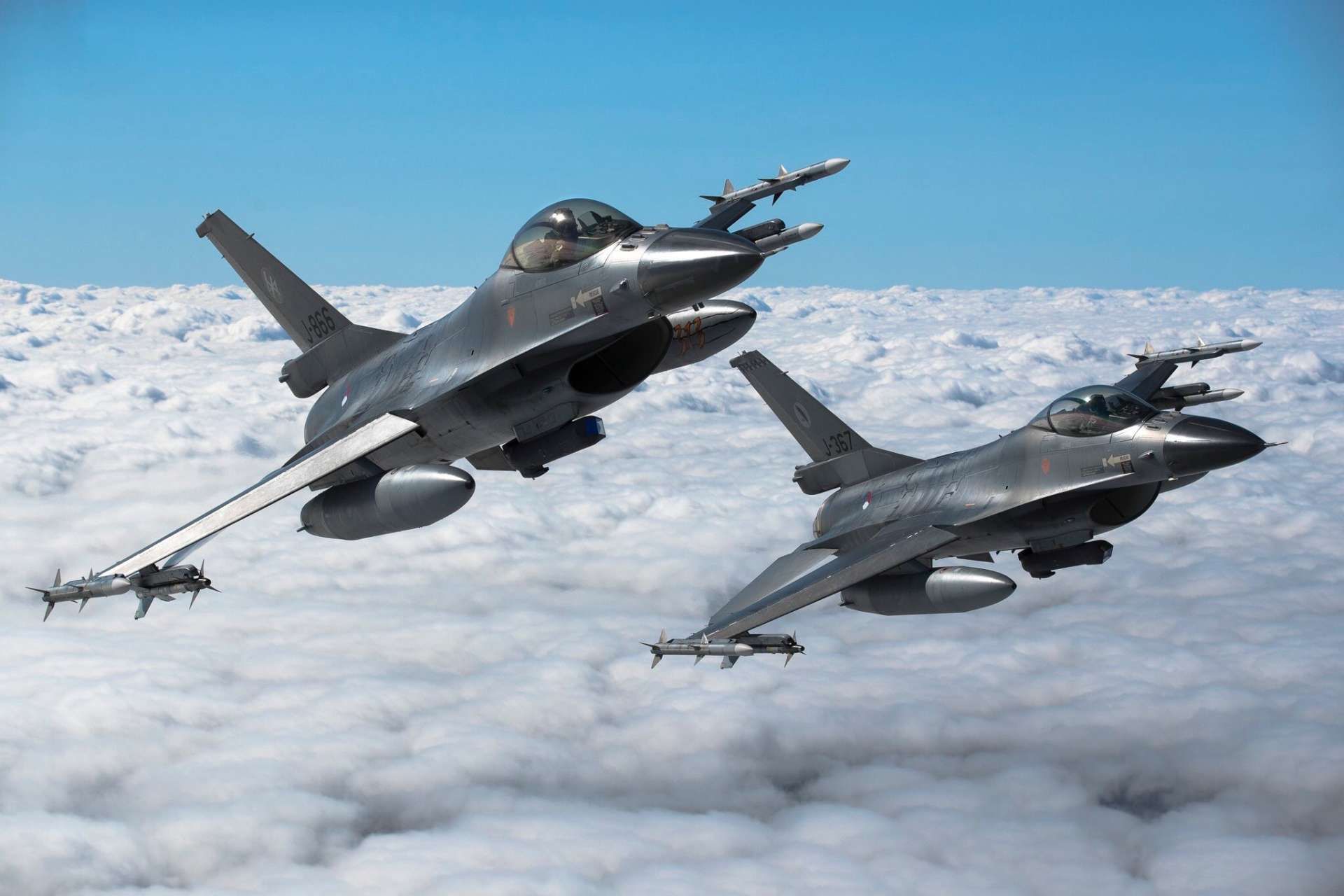
Initially designed as an air superiority day fighter, the F-16 Fighting Falcon evolved into a multirole aircraft capable of various missions. (Picture source: Belgian Air Force)


























